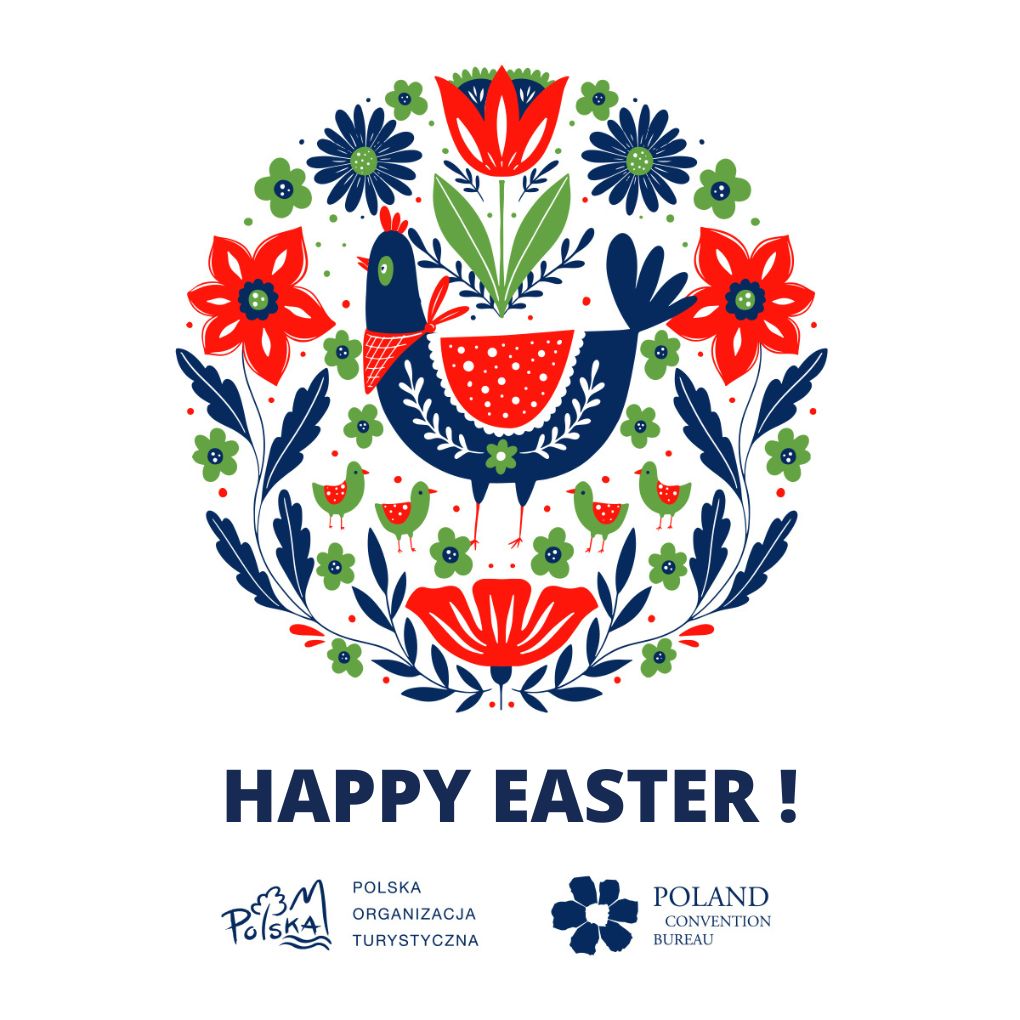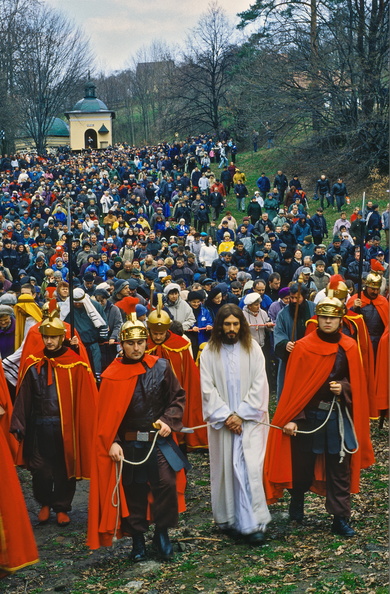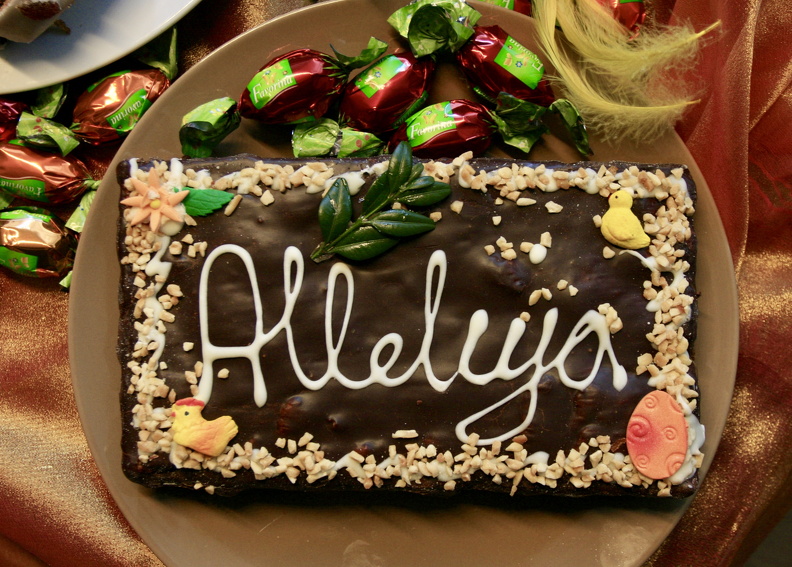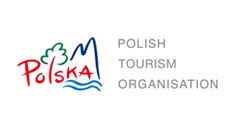Easter in Poland: A Festive Season of Events and Traditions
As Easter approaches, the Poland Convention Bureau team has extended warm wishes to event professionals, partners, colleagues, and friends. The holiday holds great significance for Poles, marking a time of spiritual renewal, family togetherness, and the celebration of traditions. From the Blessing of the Easter baskets to Smigus Dyngus, Easter is a time for Poles to connect with their cultural heritage and share their traditions with others. In this article, we will explore the various Easter traditions and public events in Poland, including the top 10 most famous Easter events in the country.
Happy Easter!
Dear event professionals, partners, colleagues and friends,
As we celebrate Easter, we want to take this opportunity to extend our warmest wishes to you and your loved ones. May this holiday bring you joy, peace, and renewal. We know that the events industry has faced many challenges over the past year, but we remain hopeful and optimistic for the future. We look forward to working with you again and to bringing people together to create unforgettable experiences.
As Poland Convention Bureau Team, we are here to support you and your events in any way we can. Wishing you a happy and blessed Easter.

We would like to take this opportunity and tell you bit more about Easter in Poland,
Why Easter is so important for Poles?
Easter is an incredibly important holiday for Poles because it is the most significant religious celebration in the country, with deep roots in both Christian and pagan traditions. For many Poles, Easter represents a time of spiritual renewal, hope, and new beginnings.
In addition to its religious significance, Easter is also a time for families to come together and celebrate. Many Poles travel long distances to be with loved ones during the holiday, and there are numerous cultural and culinary traditions associated with the season. From preparing and blessing Easter baskets, to decorating eggs with intricate designs, to enjoying traditional foods like ham, sausage, and babka, Easter is a time for Poles to connect with their cultural heritage and share their traditions with others.
Furthermore, Easter is an important marker of the changing seasons and the arrival of spring in Poland. The holiday falls at a time when the snow is melting, the flowers are blooming, and the days are getting longer. For many Poles, Easter is a time to celebrate the rebirth of nature and the hope that comes with the arrival of spring.
Overall, Easter is a deeply meaningful and culturally significant holiday for Poles, representing a time of spiritual renewal, family togetherness, and celebration of life.
Easter traditions
Easter is a very important holiday in Poland, and there are many traditional events and customs associated with it. Here are some of the most popular ones:
-
Blessing of the Easter baskets: On Holy Saturday, people bring baskets filled with Easter food to church to be blessed by the priest. The baskets usually contain bread, eggs, ham, sausage, and a variety of other traditional foods.
-
Easter Sunday Mass: Most Poles attend mass on Easter Sunday morning, and it is a time for families to come together and celebrate the holiday.
-
Smigus dyngus: This is a tradition where boys and girls playfully douse each other with water on Easter Monday. It is believed to have originated as a pagan springtime ritual.
-
Easter breakfast: After mass on Easter Sunday, families gather together to enjoy a big breakfast, usually consisting of eggs, bread, and cold cuts.
-
Decorating eggs: Poles often decorate eggs with intricate patterns using a wax-resist method called pisanki. The eggs are then displayed on the Easter table or given as gifts.
-
Easter processions: In some parts of Poland, there are Easter processions that take place on Good Friday or Holy Saturday. These often involve carrying a statue of the Virgin Mary or Jesus through the streets.
-
Easter markets: In larger cities, there are often Easter markets where people can buy traditional Easter foods, crafts, and decorations.
These are just a few of the many Easter traditions in Poland, and they vary somewhat from region to region.
Public events in Poland during the Easter holiday
Additionally, there are several special public events that take place in Poland during the Easter holiday. Here are some examples:
-
Easter parades: Some cities and towns in Poland host Easter parades, where people dress in traditional costumes and carry decorated baskets filled with Easter foods. The parades usually end at a church, where the baskets are blessed.
-
Easter markets: As mentioned before, some cities have Easter markets where vendors sell traditional Easter foods, crafts, and decoration.
-
Easter concerts: Many churches and cultural institutions host Easter-themed concerts, featuring classical music, folk songs, and religious hymns.
-
Easter exhibitions: Some museums and galleries in Poland host special exhibitions of Easter-themed art, including paintings, sculptures, and folk art.
-
Easter egg hunts: While not as popular as in some other countries, some parks and community centres in Poland hold Easter egg hunts for children.
-
Easter bonfires: In some parts of Poland, it is traditional to light bonfires on Holy Saturday or Easter Sunday. These are meant to symbolize the light of Christ and the triumph of good over evil.
These are just a few examples of the public events that take place in Poland during Easter. The exact events and traditions can vary depending on the region and the community.
Top 10 most famous Easter events in Poland
There are many public events, but the 10 below seem to be the most famous and most visited by Poles and tourists. Organisers put much effort to create unforgettable experiences for all visiting these towns and villages:
- Blessing of the Easter Baskets in Krakow: The Blessing of the Easter Baskets takes place in many towns and villages across Poland, but the largest and most famous one is held in the main square of Krakow on Holy Saturday.
- Easter Market in Wroclaw: The Easter Market in Wroclaw is one of the largest and most colourful in Poland, featuring a variety of vendors selling traditional Easter foods, crafts, and decorations.
- Easter Fair in Lublin: The Easter Fair in Lublin is an annual event featuring traditional Polish Easter foods, handcrafted items, and live music.
- Easter Festival in Warsaw: The Easter Festival in Warsaw is a series of concerts featuring classical music and choral performances held throughout the Easter season.
- Palm Sunday in Lipnica Murowana: Lipnica Murowana is famous for its intricate palm weavings, and on Palm Sunday, visitors can see some of the most elaborate and impressive palms in the country.
- Easter Egg Fair in Zakopane: The Easter Egg Fair in Zakopane is a popular event where visitors can see intricately decorated Easter eggs and buy handmade Easter decorations.
- Easter Monday Smigus-Dyngus in Krakow: Smigus-Dyngus is a playful tradition in which people splash each other with water on Easter Monday. In Krakow, the tradition is celebrated with parades, water fights, and live music.
- Easter Market in Gdansk: The Easter Market in Gdansk is a popular event featuring a variety of vendors selling traditional Easter foods, crafts, and decorations.
- Easter Procession in Kalwaria Zebrzydowska: Kalwaria Zebrzydowska is a famous pilgrimage site, and on Good Friday, a solemn procession takes place to commemorate the Passion of Christ.
- Easter Fair in Poznan: The Easter Fair in Poznan is a popular event featuring traditional Polish Easter foods, handcrafted items, and live music.

What to buy at Easter Market in Poland
Here you can find some ideas and the top things, food, and souvenirs to buy during a traditional Polish Easter Market:
- Hand-painted Easter eggs: One of the most popular items to buy at an Easter market in Poland is hand-painted Easter eggs. These eggs are often decorated with intricate designs and are a traditional gift to give during the holiday.
- Traditional Easter foods: Easter markets in Poland are known for selling a variety of traditional foods, including ham, sausage, bread, and sweets such as mazurek and makowiec (a type of cake).
- Palm branches: Palm branches are a traditional Polish Easter decoration, and at Easter markets, you can find a variety of palm branches made from different materials, including woven paper, straw, and fabric.
- Easter-themed crafts: Many vendors at Easter markets sell handmade crafts such as wreaths, table decorations, and wooden carvings with Easter themes.
- Polish pottery: Poland is known for its beautiful hand-painted pottery, and many Easter markets feature vendors selling traditional Polish pottery pieces with Easter designs.
- Embroidered tablecloths and napkins: Embroidered tablecloths and napkins are a popular item to buy at Easter markets in Poland. These pieces often feature intricate designs and are perfect for Easter brunches and dinners.
- Traditional Polish costumes: Easter markets are a great place to see and buy traditional Polish costumes, including dresses, skirts, and blouses for women and vests, shirts, and hats for men.
- Handmade soaps and cosmetics: Many vendors at Easter markets sell handmade soaps and cosmetics, including those made with natural ingredients such as honey and beeswax.
- Amber jewellery: Poland is known for its beautiful amber jewellery, and many Easter markets feature vendors selling handmade necklaces, bracelets, and earrings made from this precious gemstone.

Traditions, Events, and Celebrations
The article is a greeting message for Easter, highlighting the importance of Easter in Poland and the traditions and events associated with it. Easter is a significant religious celebration in Poland, and it represents a time of spiritual renewal, hope, and new beginnings. Easter is also a time for families to come together and celebrate, and there are numerous cultural and culinary traditions associated with the season. The article also provides examples of public events and traditions that take place in Poland during Easter, and it lists the top 10 most famous Easter events in Poland.



